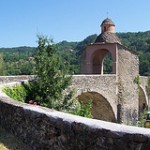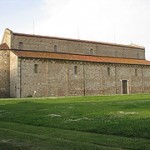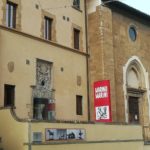Lunigiana Valley
Many different civilizations have passed through the Lunigiana Valley since the Stone Age, each leaving its mark. The Stele Statues and ancient Ligurian tombs (the Ligurians were native to the Apuan Alps) are, in fact, archeological remains of the area and not only, traces of Roman civilization were also found.
During the pilgrimages of the Middle Ages, this area became even more important as it was a main thoroughfare for pilgrims traveling from Northern Europe to Lucca and Rome.
Meet the guide and visit:
- Filetto, a characteristic medieval village with a still visible Byzantine fortification (6th-7th century). It is also possible to see first-hand how testaroli, a local specialty ‘pasta’, are made. Still today, following an age-old tradition, they are cooked in ancient cast iron pans.
- Sorano and the Romanesque Church of Santo Stefano.
- Pontremoli and the 15th-century Duomo of Santa Maria Assunta. Also visit the 10th-century Piagnaro Castle, home to the Lunigiana Stele Statue Museum. These stone sculptures date from the end of the 4th millenium BC to 7th-6th century BC.





